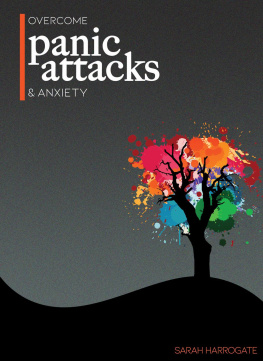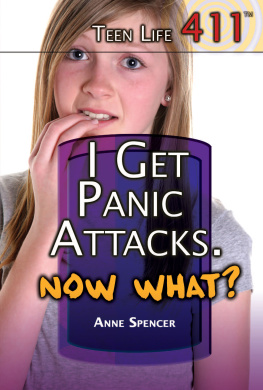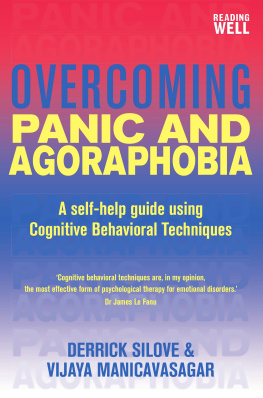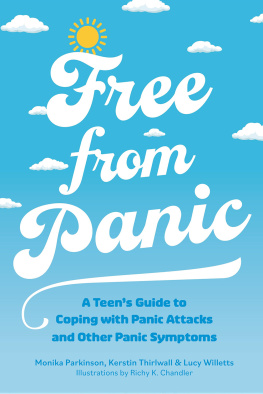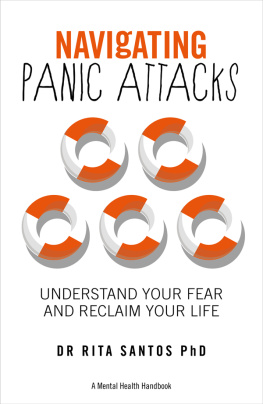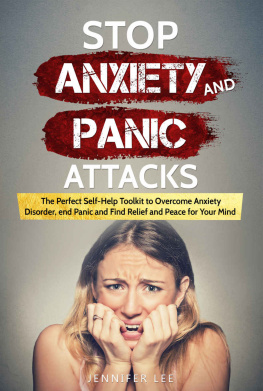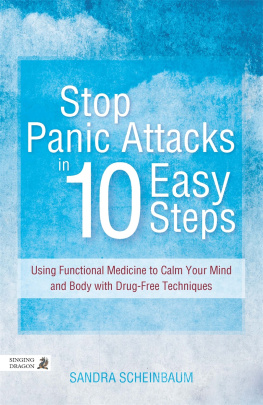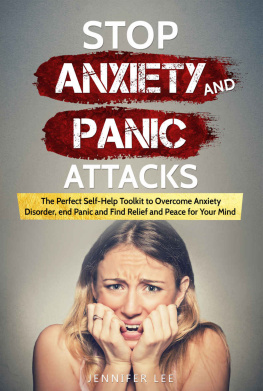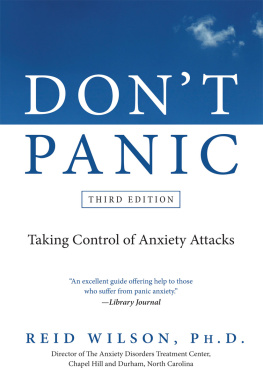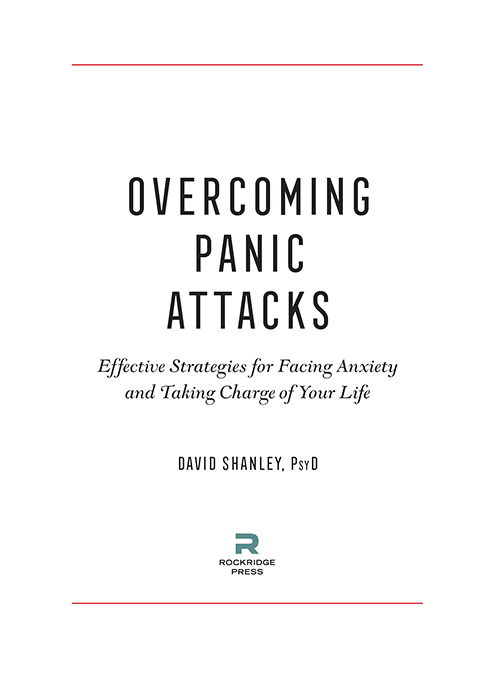Copyright 2020 by Rockridge Press, Emeryville, California
No part of this publication may be reproduced, stored in a retrieval system, or transmitted in any form or by any means, electronic, mechanical, photocopying, recording, scanning, or otherwise, except as permitted under Sections 107 or 108 of the 1976 United States Copyright Act, without the prior written permission of the Publisher. Requests to the Publisher for permission should be addressed to the Permissions Department, Rockridge Press, 6005 Shellmound Street, Suite 175, Emeryville, CA 94608.
Limit of Liability/Disclaimer of Warranty: The Publisher and the author make no representations or warranties with respect to the accuracy or completeness of the contents of this work and specifically disclaim all warranties, including without limitation warranties of fitness for a particular purpose. No warranty may be created or extended by sales or promotional materials. The advice and strategies contained herein may not be suitable for every situation. This work is sold with the understanding that the Publisher is not engaged in rendering medical, legal, or other professional advice or services. If professional assistance is required, the services of a competent professional person should be sought. Neither the Publisher nor the author shall be liable for damages arising herefrom. The fact that an individual, organization, or website is referred to in this work as a citation and/or potential source of further information does not mean that the author or the Publisher endorses the information the individual, organization, or website may provide or recommendations they/it may make. Further, readers should be aware that websites listed in this work may have changed or disappeared between when this work was written and when it is read.
For general information on our other products and services or to obtain technical support, please contact our Customer Care Department within the United States at (866) 744-2665, or outside the United States at (510) 253-0500.
Rockridge Press publishes its books in a variety of electronic and print formats. Some content that appears in print may not be available in electronic books, and vice versa.
TRADEMARKS: Rockridge Press and the Rockridge Press logo are trademarks or registered trademarks of Callisto Media Inc. and/or its affiliates, in the United States and other countries, and may not be used without written permission. All other trademarks are the property of their respective owners. Rockridge Press is not associated with any product or vendor mentioned in this book.
Interior and Cover Designer: Brieanna Felschow
Art Producer: Karen Williams
Editors: Vanessa Ta and Samantha Holland
Production Manager: Martin Worthington
Production Editor: Sigi Nacson
Cover Illustration Emmanuel Polanco 2020
courtesy of John R Farrell Jr.
ISBN: Print 978-1-64611-724-6 | eBook 978-1-64611-725-3
R0
To all my clients, who inspire me every day
with their courage to tackle their anxiety.
And to the love of my life, Kim.
CONTENTS
I have been in private practice for several years, specializing in working with adults with all forms of anxiety disorder, including panic disorder, obsessive compulsive disorder (OCD), social anxiety, post-traumatic stress disorder (PTSD), and more. In my work, I have witnessed that the common thread in all anxiety disorders, and specifically in those that involve recurring panic attacks, is the dreaded physical experience of panic and anxiety. The racing heart, the tightening chest, and the often indescribable, uncomfortable feeling throughout the body are all common to panic attacks. What seems to be the worst part about panic attacks is not always knowing where they are coming from because theres no obvious situational cue to point to as a cause and because their onset is so sudden.
Drawing from my personal experience, expertise, and clinical work with clients, in this book I unpack the mystery around panic attacks across many different life situations and offer you hope and tangible strategies to effectively deal with your panic attacks and reduce their frequency and severity. Although I would like to promise you a life free from anxiety and panic attacks moving forward, that outcome is neither realistic nor necessary for meaningful change. Instead, I offer you different ways of thinking, feeling, and behaving so that you will be able to increase your flexibility in uncomfortable situations and go after the life you want.
Ive personally struggled with different forms of anxiety throughout my life. I have walked out of many interviews drenched in sweat, shied away from conversations at parties and networking events, and almost gotten sick when giving a speech at my best friends wedding. Although I dont have panic disorder, I do know firsthand the negative, nagging inner voice that is screaming to avoid or escape a situationthe same voice undermining my confidence at the most inopportune times. The good news is by implementing the strategies discussed in this book, from exposure and cognitive reframing to mindfulness and acceptance, I have been able to overcome the grip anxiety had over my life, and you can, too. The strategies and tools discussed in this book come from cognitive behavioral therapy (CBT) and acceptance and commitment therapy (ACT).
CBT encompasses a wide array of interventions, including thinking about things in different ways, practicing and tracking new behaviors, and exposing yourself to uncomfortable and difficult situations in gradual steps. The benefits of CBT have been well researched and proven in hundreds of studies over several decades. The evidence is clear that these types of interventions can help people lower their anxiety in the long run and feel more confident in both challenging and everyday situations.
ACT is a newer form of behavioral therapy that shifts some of the emphasis from changing the content of thought patterns to noticing and accepting the process of thinking itself. It incorporates principles of mindfulness and acceptance to help people learn to tolerate and sit with discomfort rather than directly battle negative thoughts and feelings. ACT borrows ideas from Buddhism to teach us to be more patient and open to negative feelings, because in the end, to be human is to feel, and the struggle with our negative experiences is often a large part of what keeps us stuck. Ultimately, the goal of ACT is similar to CBTs, which is to increase flexibility in the presence of discomfort, thereby allowing people to have more energy to go after the life they want, like getting out in more social situations, giving speeches, traveling, interviewing for jobs, or just living without constantly trying to avoid and control panic.
How to Use This Book
This book offers several easy-to-implement strategies and techniques in each chapter for overcoming panic attacks across a broad range of situations and symptoms. All the strategies recommended here are either adopted from or closely related to techniques used in CBT and ACT. Both of these therapies are evidence based, meaning they have been scientifically tested numerous times to demonstrate their effectiveness. Although some of the strategies might be uncomfortable or scary at times, the more you practice, the more confident youll become when using them. I wont ask you to do anything in this book I wouldnt do myself or wouldnt recommend to a close friend, family member, or client to help them with their panic and anxiety.
This book is presented in five chapters. In reviews all the concepts discussed and offers ideas for taking your next steps. Feel free to jump around the chapters if some arent speaking to you at the moment, but plan to return to them so that you can put all the strategies into practice. Getting overwhelmed and discouraged is often part of the journey toward progress, so I encourage you to put this book down and take breaks when you need to, but do come back to it. Always remember that panic, anxiety, and negative emotions are temporary and wont last forever.


